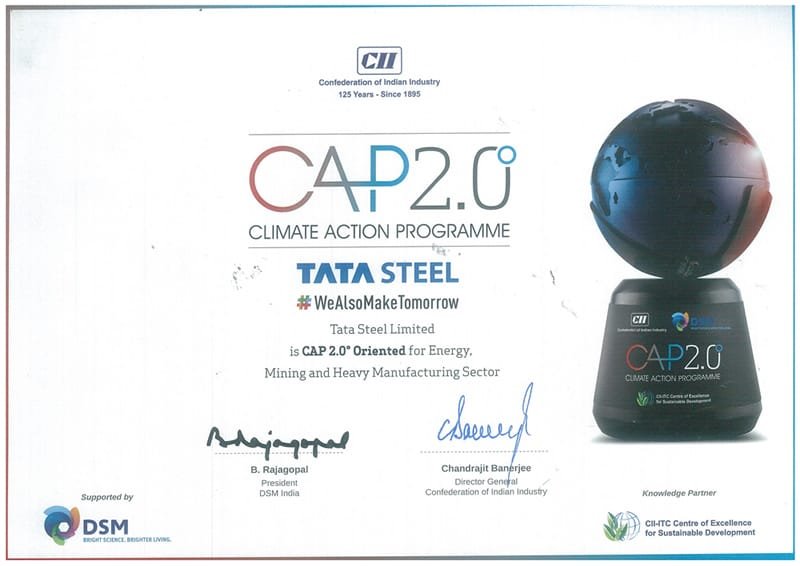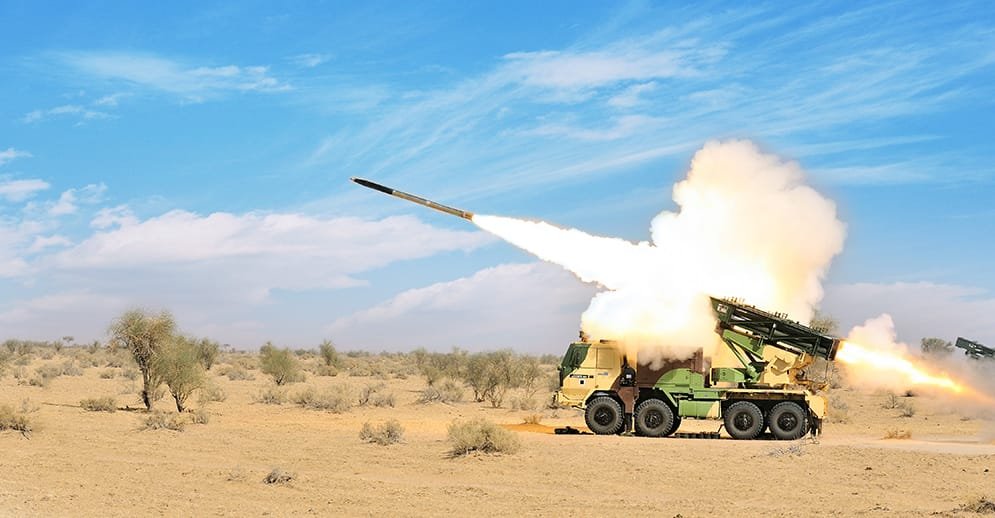Cash flow would be adequate for Rs.90bn capital expenditure
S&P Global Ratings has raised Tata Steel rating to ‘BB-‘ on deleveraging and strong operating momentum, putting the outlook at stable as strong cash flow supports the management commitment to lower debt over the next two years.
The benefits of strong cash flows and management’s commitment to lower debt should help Tata Steel to materially deleverage over the next two years, S&P said in a commentary on the ratings on 6 Apr 2021.
“We estimate our adjusted debt levels for Tata Steel will decline by about 30% by March 2023 from about Rs.1.1 trillion in March 2020. About half of this decline is expected to have been delivered in fiscal 2021 (year ended March 2021).”
Tata Steel has committed to reducing absolute debt levels by at least US$1 billion per year from fiscal 2022.
“Our base case shows that the company’s free operating cash flows will be adequate to facilitate this reduction over the next two years, even with our revised capital expenditure (capex) estimates of about Rs.90 billion per year, up from Rs.50 billion-Rs.60 billion in fiscal 2021.
“We believe Tata Steel will moderate its investment plans, if required, so as to meet this objective.”
The company reported sizable debt reduction in fiscal 2021, thanks to stronger cash flow generation, recent equity raising of about Rs.33 billion, and working capital improvements of about Rs.120 billion.
“However, we treat as debt substitution some of Tata Steel’s working capital-related debt reductions in fiscal 2021, such as Rs.60 billion in export advances and securitization of receivables at Tata Steel Europe (with a facility size of £475 million). This implies a comparatively lower level of deleveraging compared with the company’s reported numbers.
“We expect strong operating momentum over the next 12-18 months to facilitate debt reduction.”
Tata Steel has guided to price increases of Rs.6,000-Rs.7,000 per ton in the fourth quarter of fiscal 2021, on the back of already high prices and margins in the third quarter. In the third quarter, the Indian operations reported average EBITDA/ton of about Rs.19,000, exceeding our mid-cycle estimate of about Rs.13,500-Rs.14,000.
“Consequently, we anticipate that the company can maintain strong operating momentum over the next couple of quarters at least. Our base case assumes moderation in steel prices over fiscals 2022 and 2023, such that the Indian operations’ EBITDA/ton gradually will decline to about Rs.16,000 by fiscal 2023.
“In our view, steel prices could moderate over the next two to three years as output ramps up globally following disruptions due to COVID-19. Long product prices in India have already moderated following the resumption of smaller capacities. Under these assumptions, we estimate Tata Steel can generate aggregate EBITDA of more than Rs.600 billion and free operating cash flow of about Rs.150 billion over fiscals 2022 and 2023,” said S&P.
Volatility in earnings, and hence, credit metrics constrains a higher rating for now. “We estimate Tata Steel’s debt-to-EBITDA ratio will decline to 2.5x-3.0x in our base case by fiscal 2023 and the ratio of funds from operations (FFO) to debt should improve to 20%-25%, compared with our earlier estimates of 4.0x-4.5x and about 15%, respectively.”
A key risk to these estimates is the level of steel prices. “If steel prices were to drop to mid-cycle levels by fiscal 2023, we estimate the company’s FFO-to-debt ratio to be 15%-17%, and it has the potential to drop further to 13%-14% at the bottom of the cycle.
“We note the company’s EBITDA in fiscal 2020 was about half our current estimates for fiscals 2021 and 2022, with a ratio of FFO-to-debt being 6%, indicating the extent of volatility seen lately. That said, material deleveraging has lowered downside rating risk, in our view.”
The likelihood is reducing that credit metrics will weaken to levels seen in previous downturns.
“The stable outlook reflects our expectation that Tata Steel will significantly reduce debt over the next 12-24 months, supported by strong operational cash flow. The stable outlook also reflects our expectation that the company’s debt reduction would result in lower volatility in its credit metrics compared with the previous steel cycle, with greater resilience during downturns.
“In our base case, we see Tata Steel building adequate headroom at the current rating level. However, we could lower the rating if earnings decline or the company takes on additional debt, such that its FFO-to-debt ratio fails to remain well above 15% on a sustained basis.
“We could raise the rating if Tata Steel deleverages beyond our expectations, such that we view the company’s ratio of FFO to debt is likely to remain above 25% on a sustained basis. Factors contributing to this scenario include steel prices remaining stronger for longer than we now envisage,” said S&P.
At current steel prices, the company’s FFO-to-debt ratio may exceed the threshold of 25% over the next two years. However, its ability to maintain the ratio above 25% at mid cycle prices is less likely, said the rating agency. #banking #investment #profit #exports #manufacturing /fiinews.com










